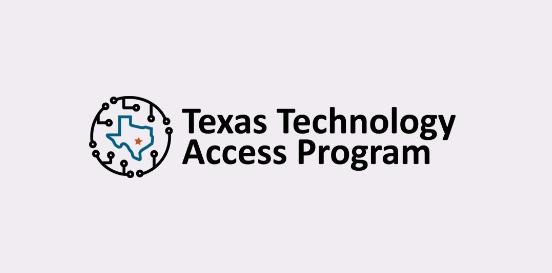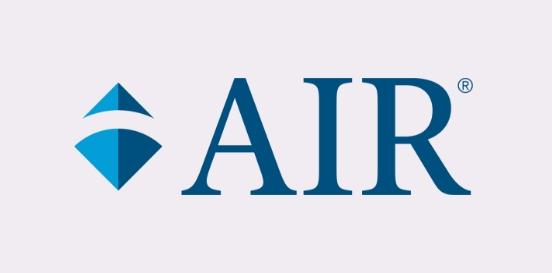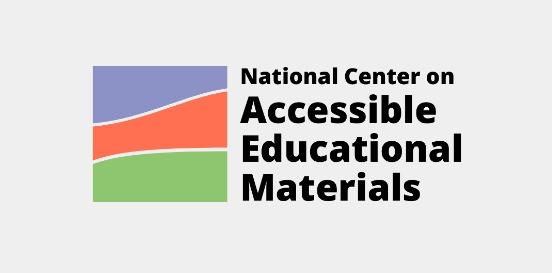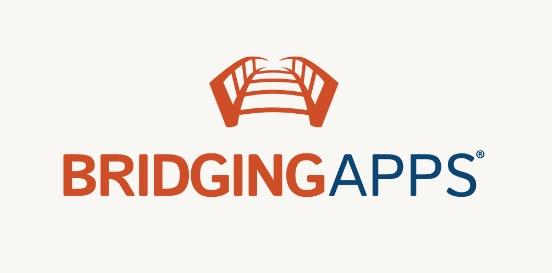Delayed Auditory Feedback (DAF)
DAF systems work by capturing the student's spoken words through a microphone and then playing them back to the student after a brief delay, typically ranging from fractions of a second to a few seconds.
Considerations
Take the following considerations into account when selecting and implementing AT to ensure that the chosen tools are well-suited to the student’s needs, align with their goals, and seamlessly integrate into their educational journey. By embracing a collaborative approach and considering the specific skills, tasks, and implementation context, educators can provide students with the necessary support to thrive academically and functionally, promoting inclusivity and fostering their overall success.
Skills and Tasks What skills or tasks will the student utilize this tool for? What areas, functional or academic, does this tool support?
Speech and language development
Implementation Context In what activities, classes, or environments will the student utilize this tool?
The primary goal of DAF is to provide auditory feedback to the speaker with a slight delay, which can help individuals improve their speech fluency, rhythm, and articulation. It can also be beneficial for individuals who stutter or have other speech disorders.
Here's how DAF works as an assistive technology for students in school:
- Speech fluency: Can help students improve their speech fluency by providing them with real-time feedback on their speaking rate, allowing them to adjust their pace and rhythm as needed.
- Stuttering management: For students who stutter, DAF can be particularly helpful. The delayed auditory feedback can disrupt the typical patterns of stuttering, making speech more fluent and natural.
- Articulation and pronunciation: Can assist students in improving their articulation and pronunciation by allowing them to hear their own speech more clearly and make necessary adjustments.
- Language development: By providing immediate auditory feedback, DAF can also aid in language development by helping students monitor and self-correct their speech patterns.
- Attention and focus: Some students may benefit from DAF as it can increase their attention and focus on their speech production, especially when they are actively listening to their own speech with a slight delay.
Overall, DAF can be a valuable tool for educators and speech therapists working with students who have speech and language difficulties, providing them with real-time feedback and support to improve their communication skills.








